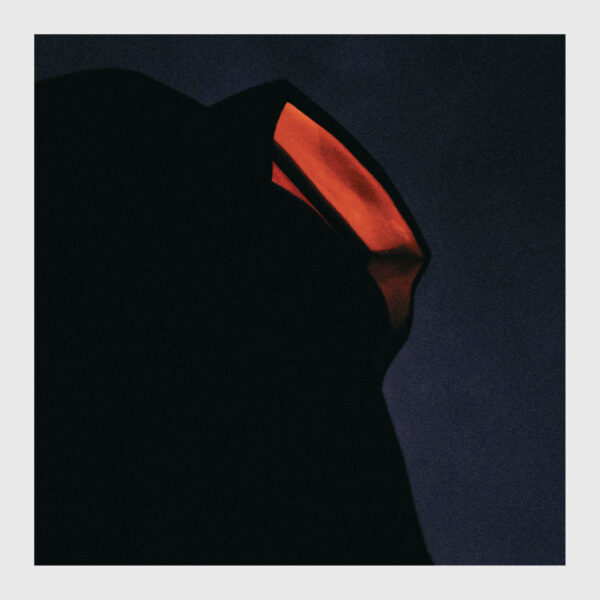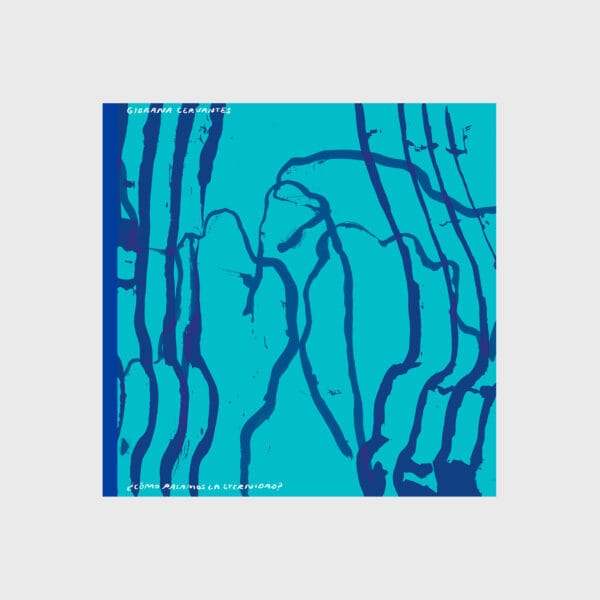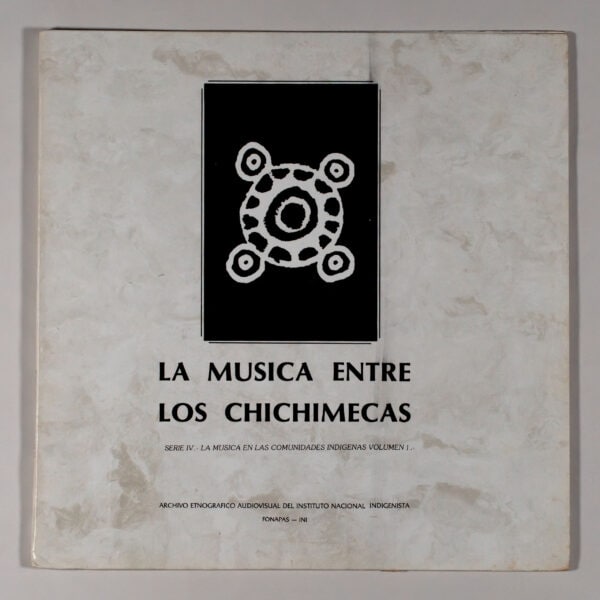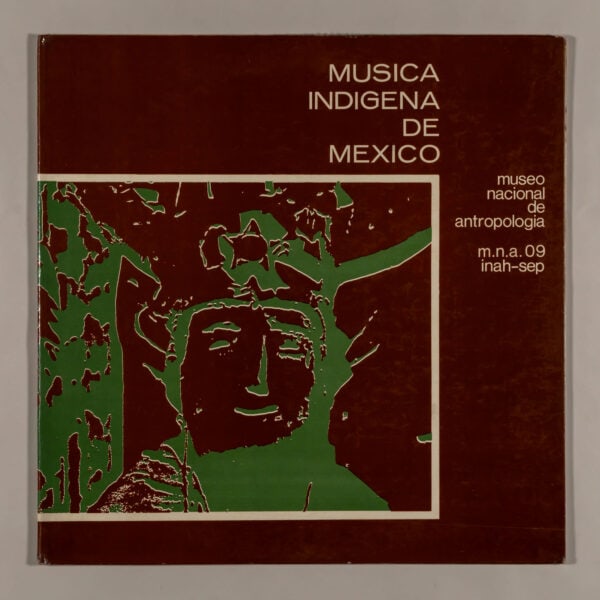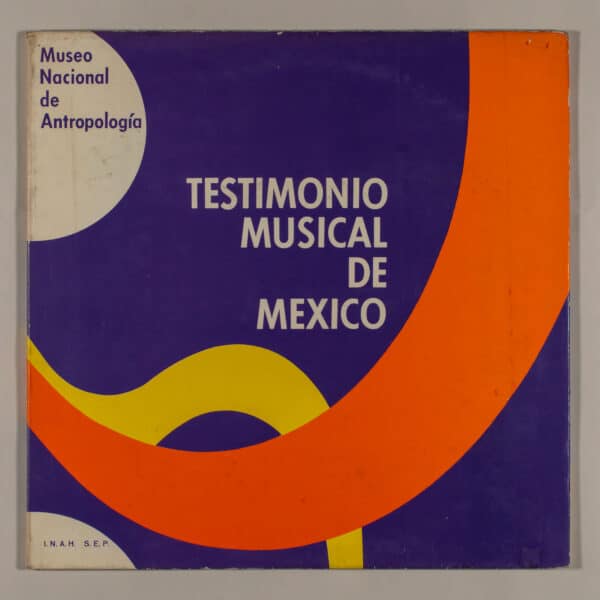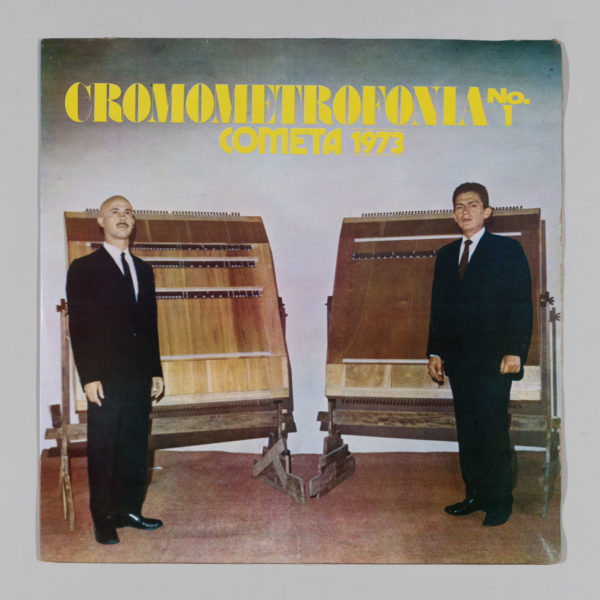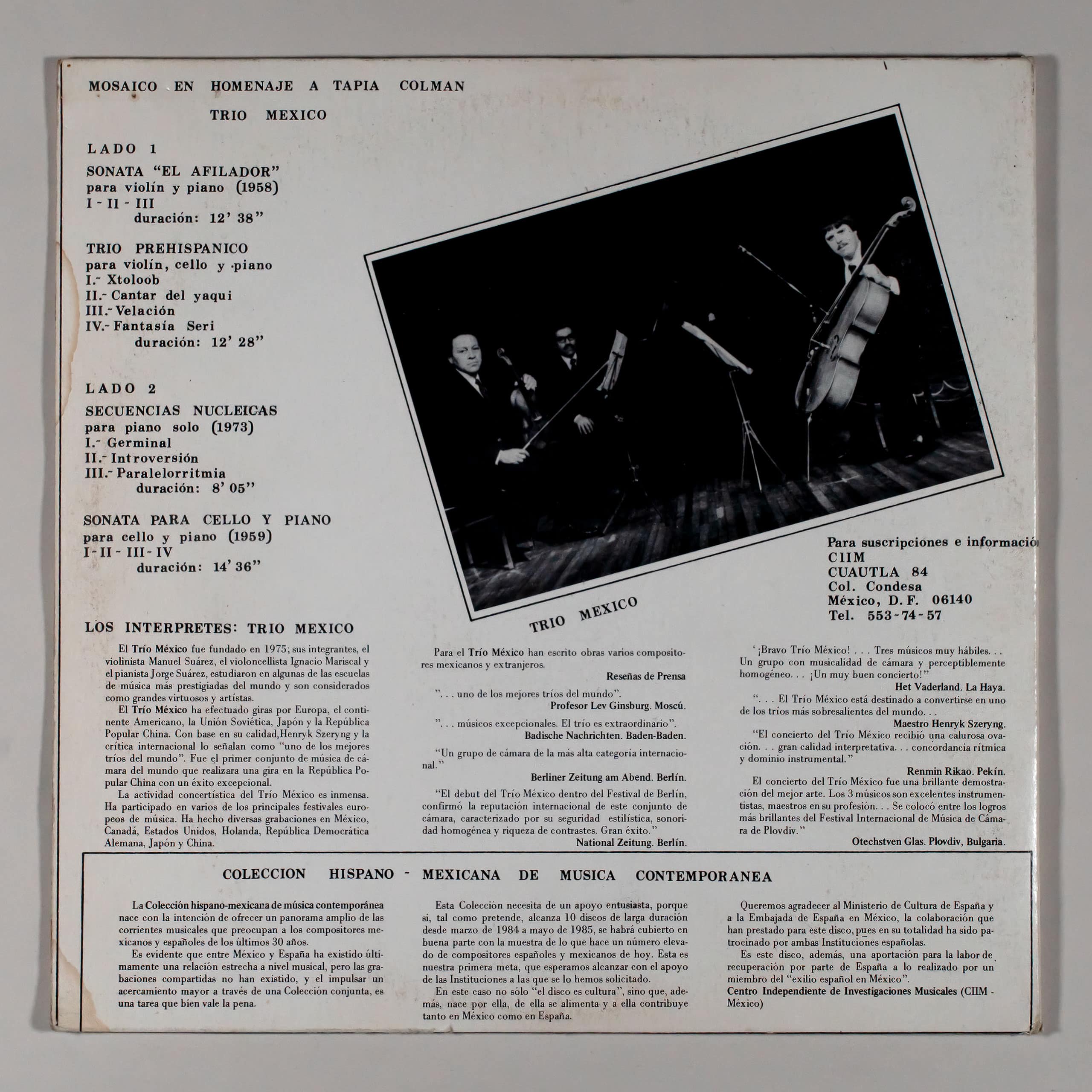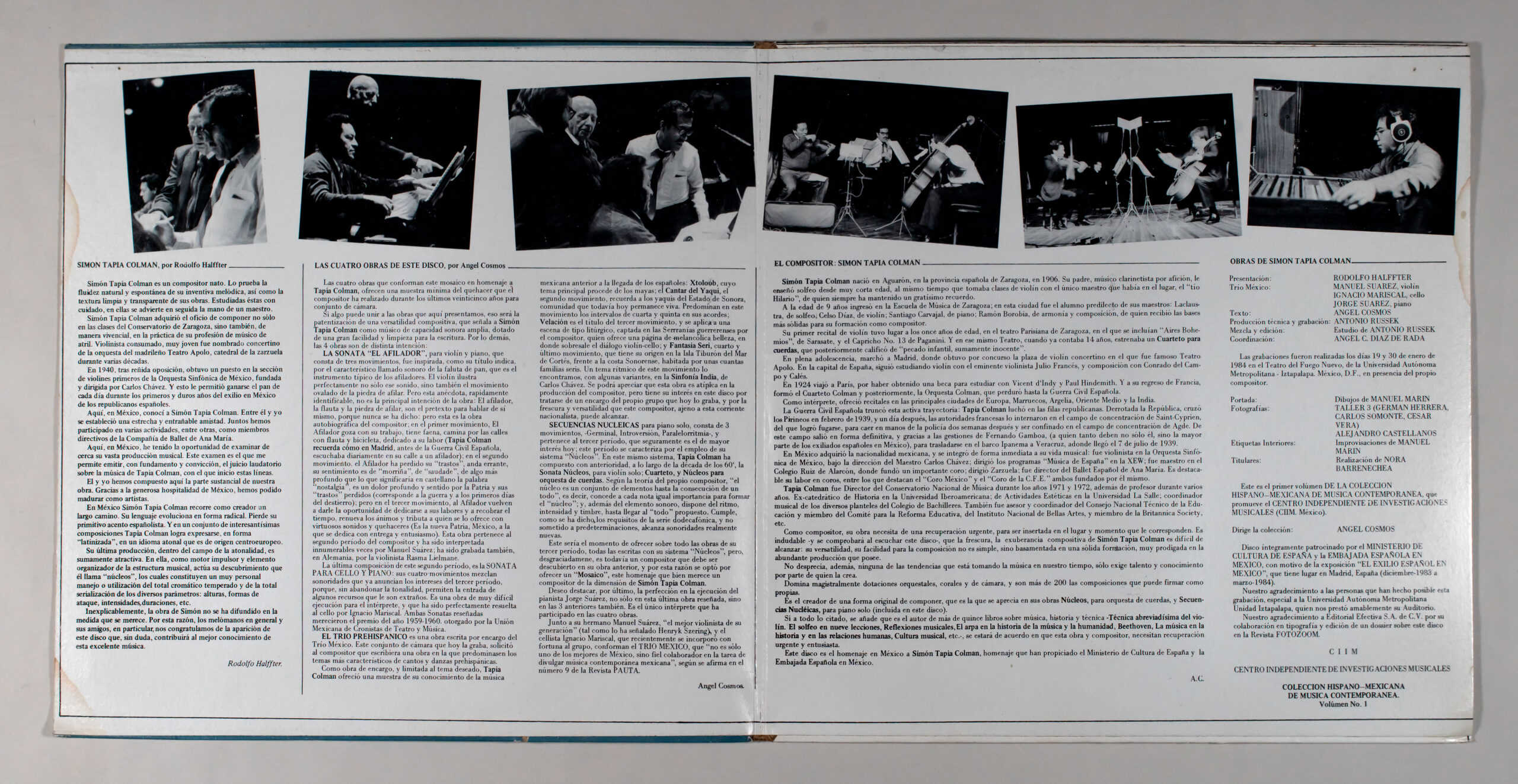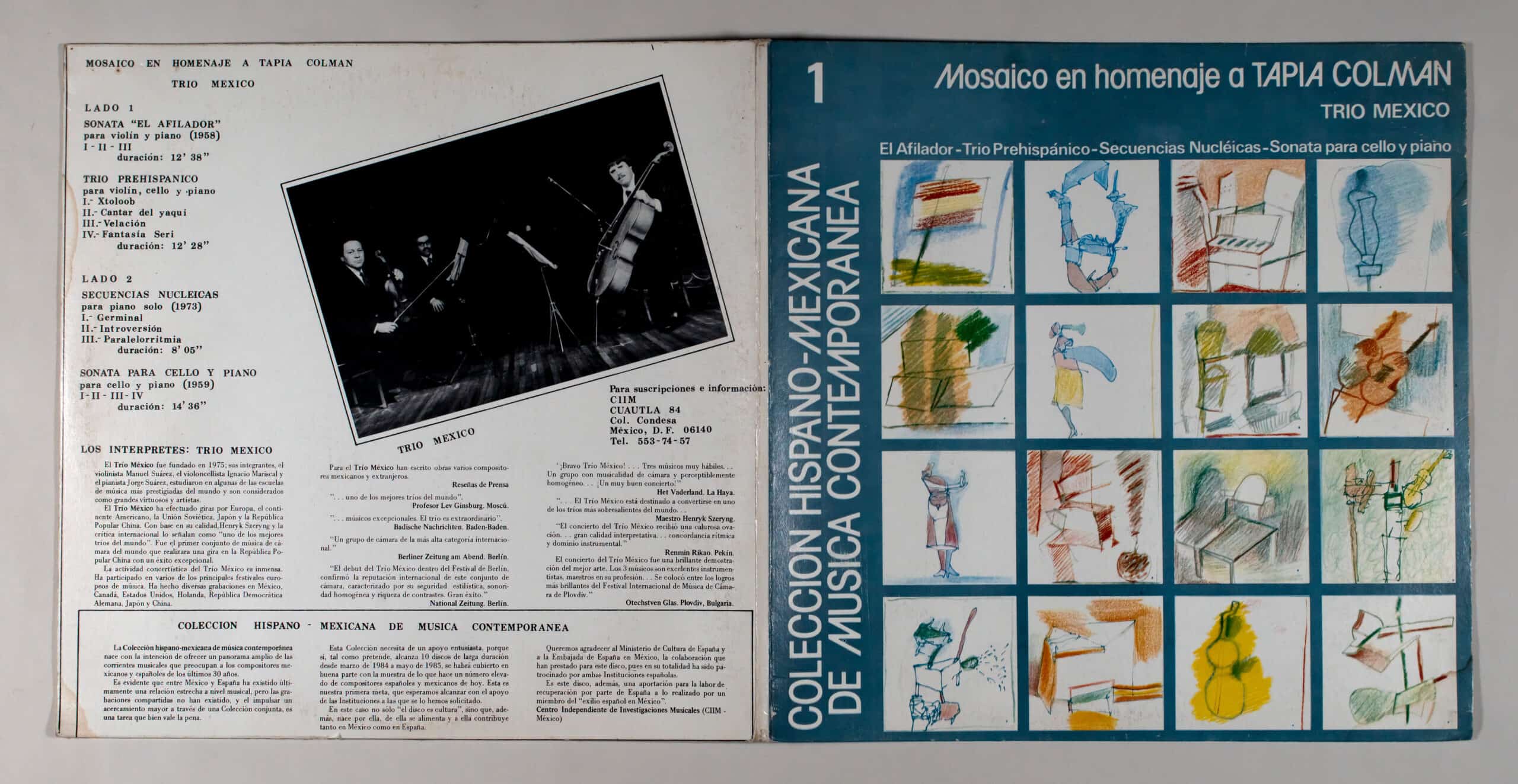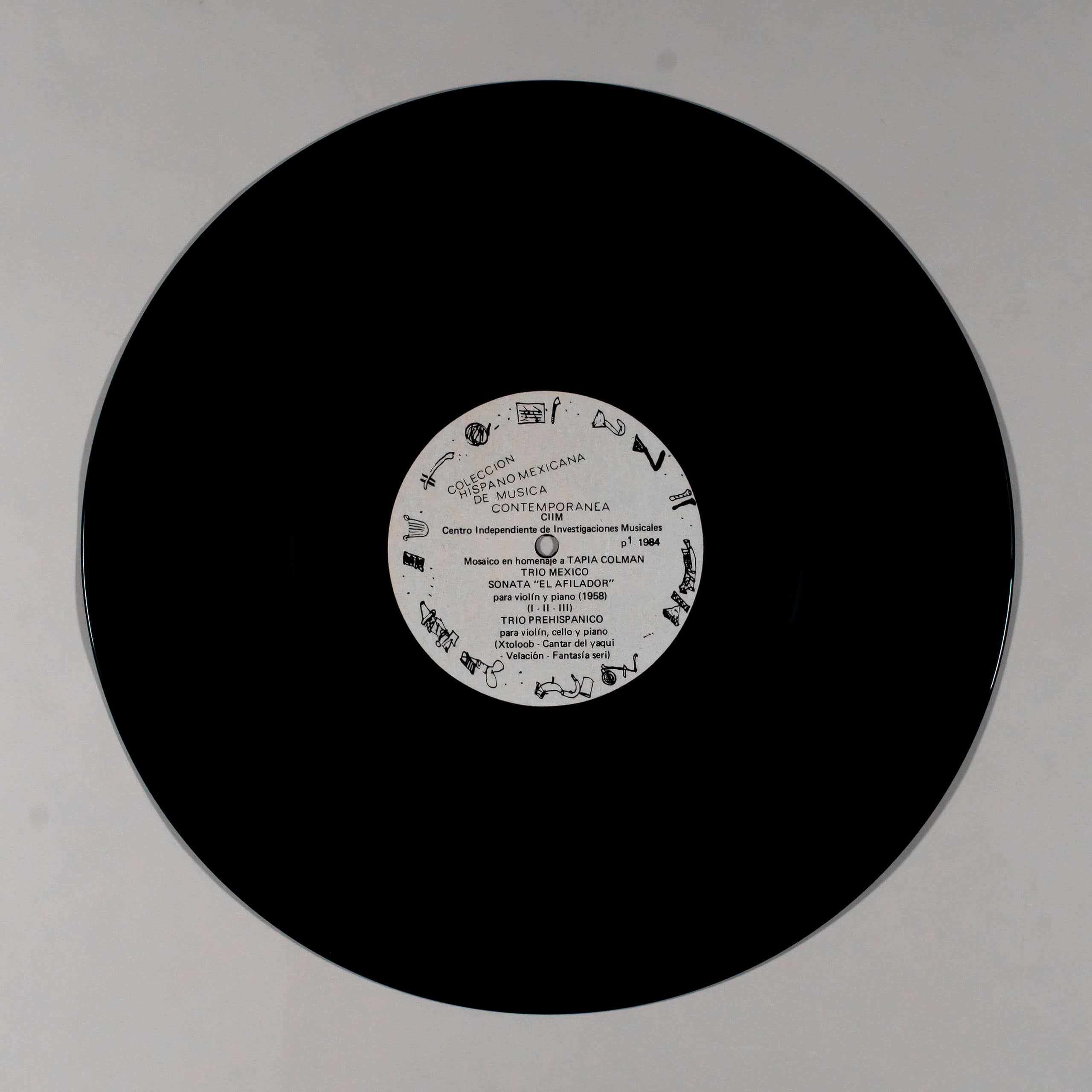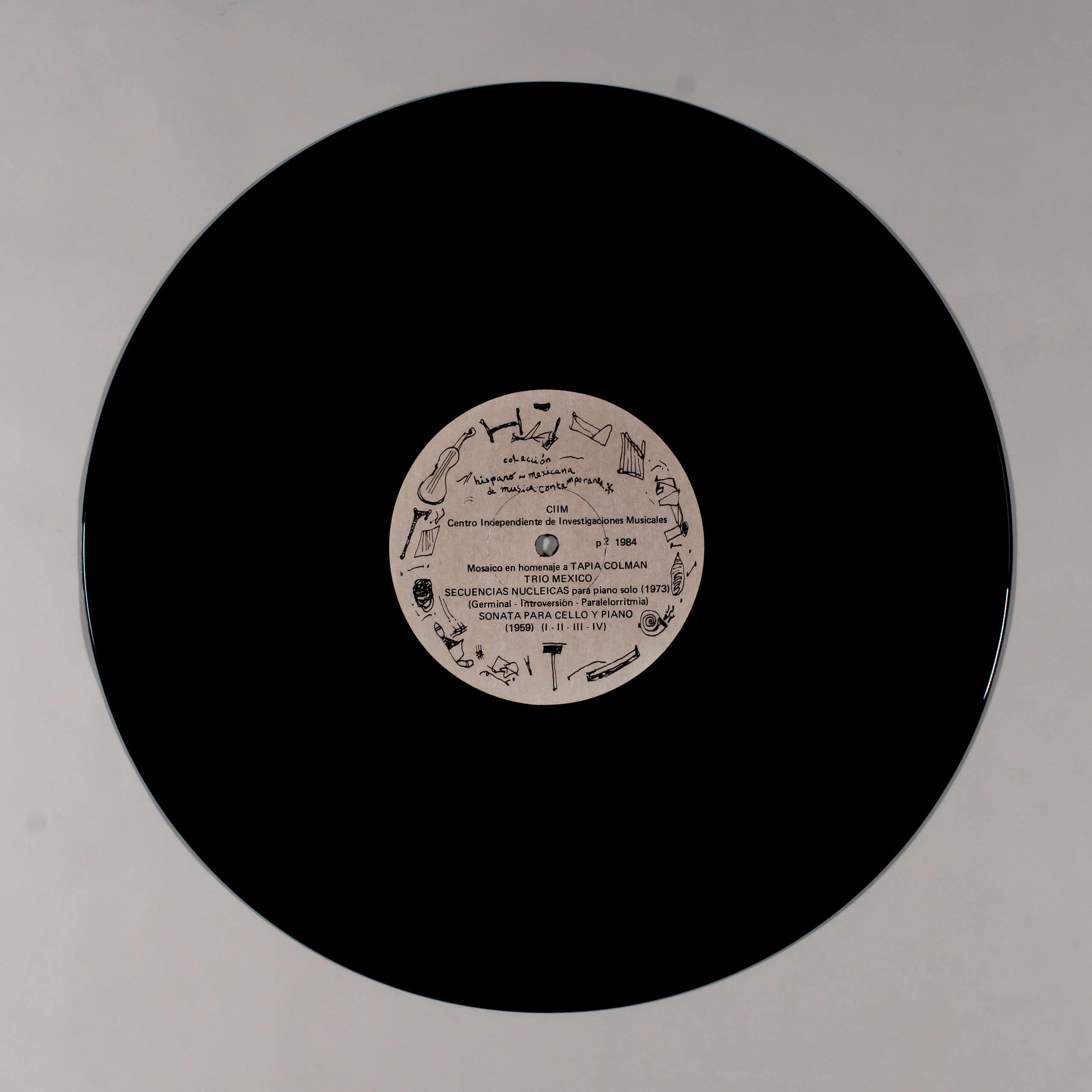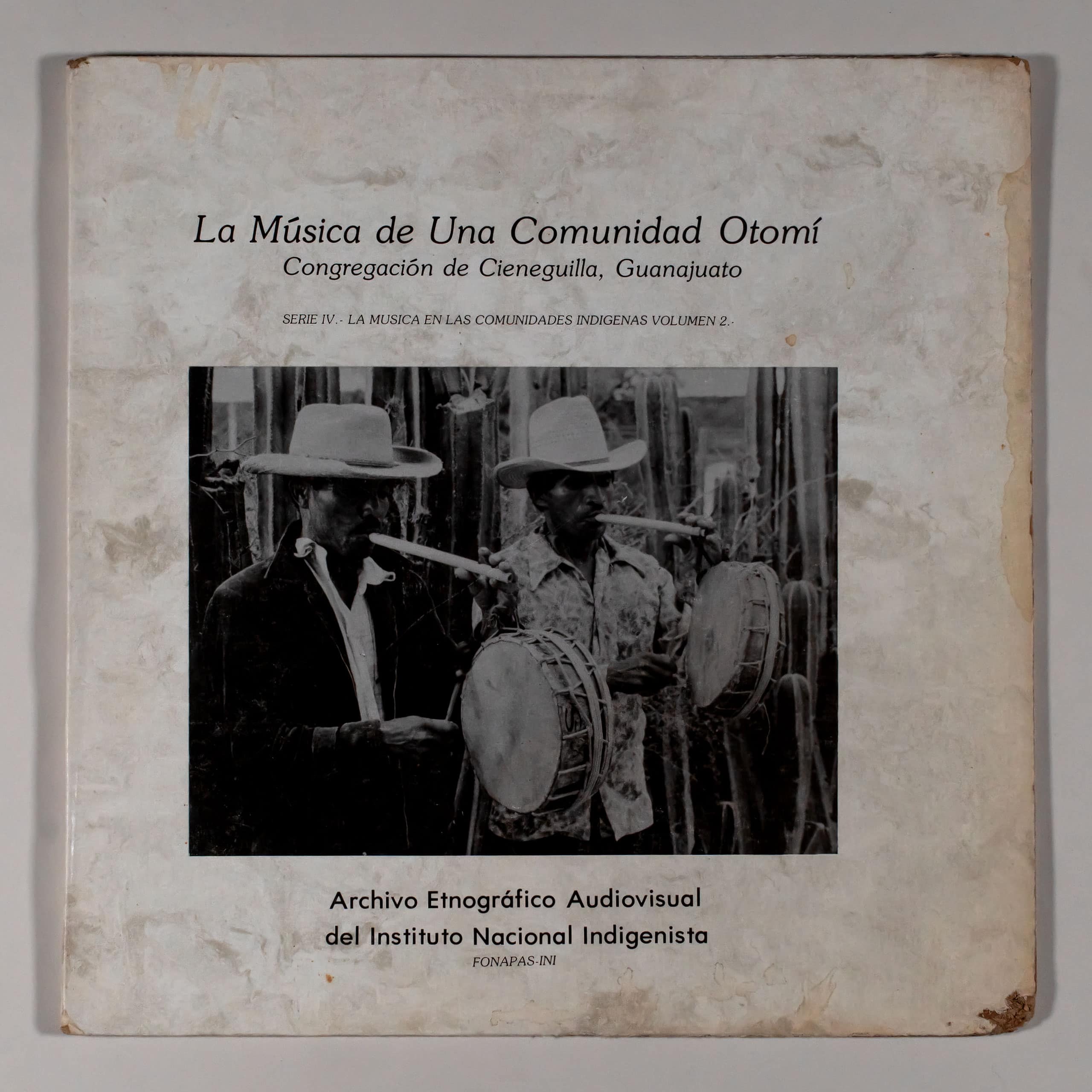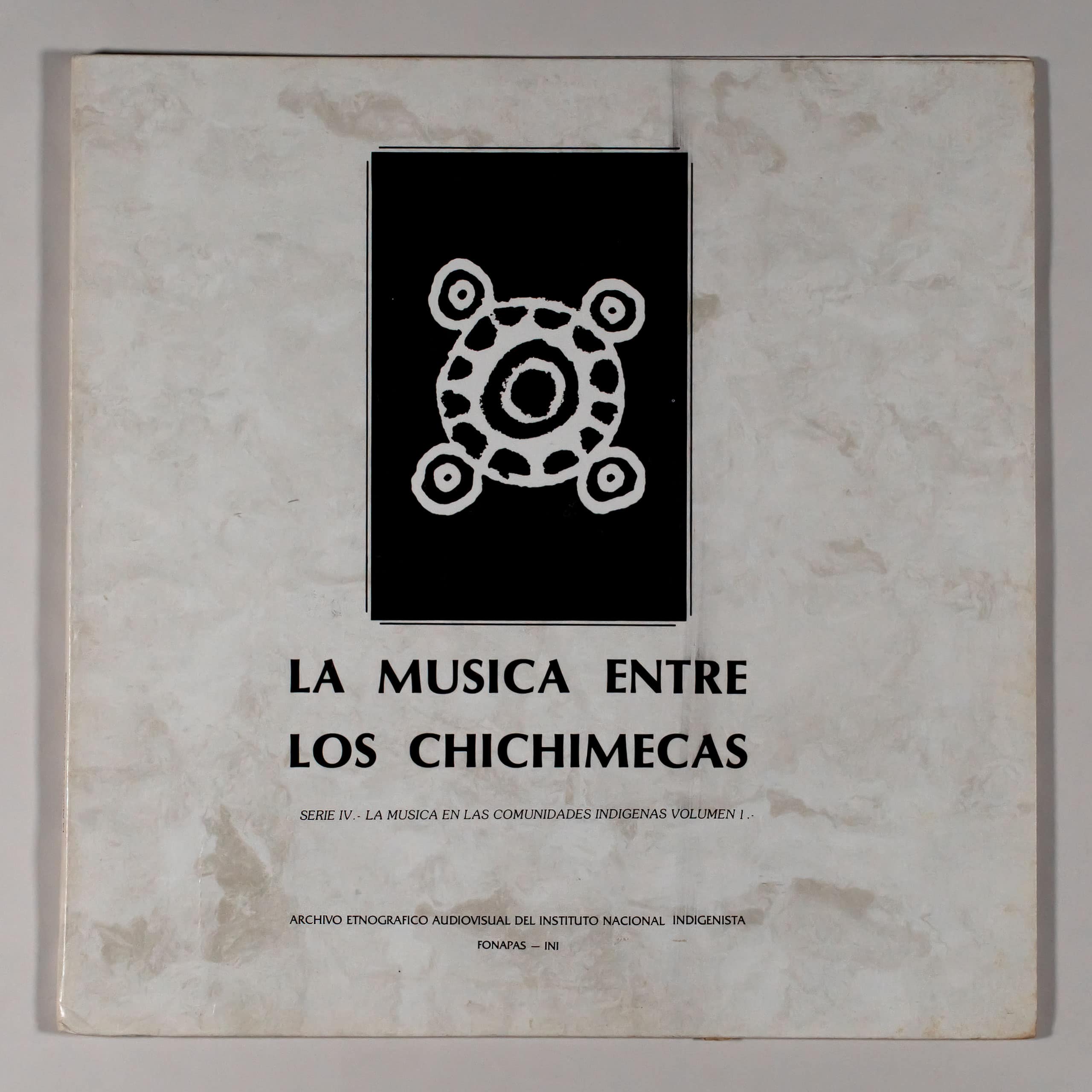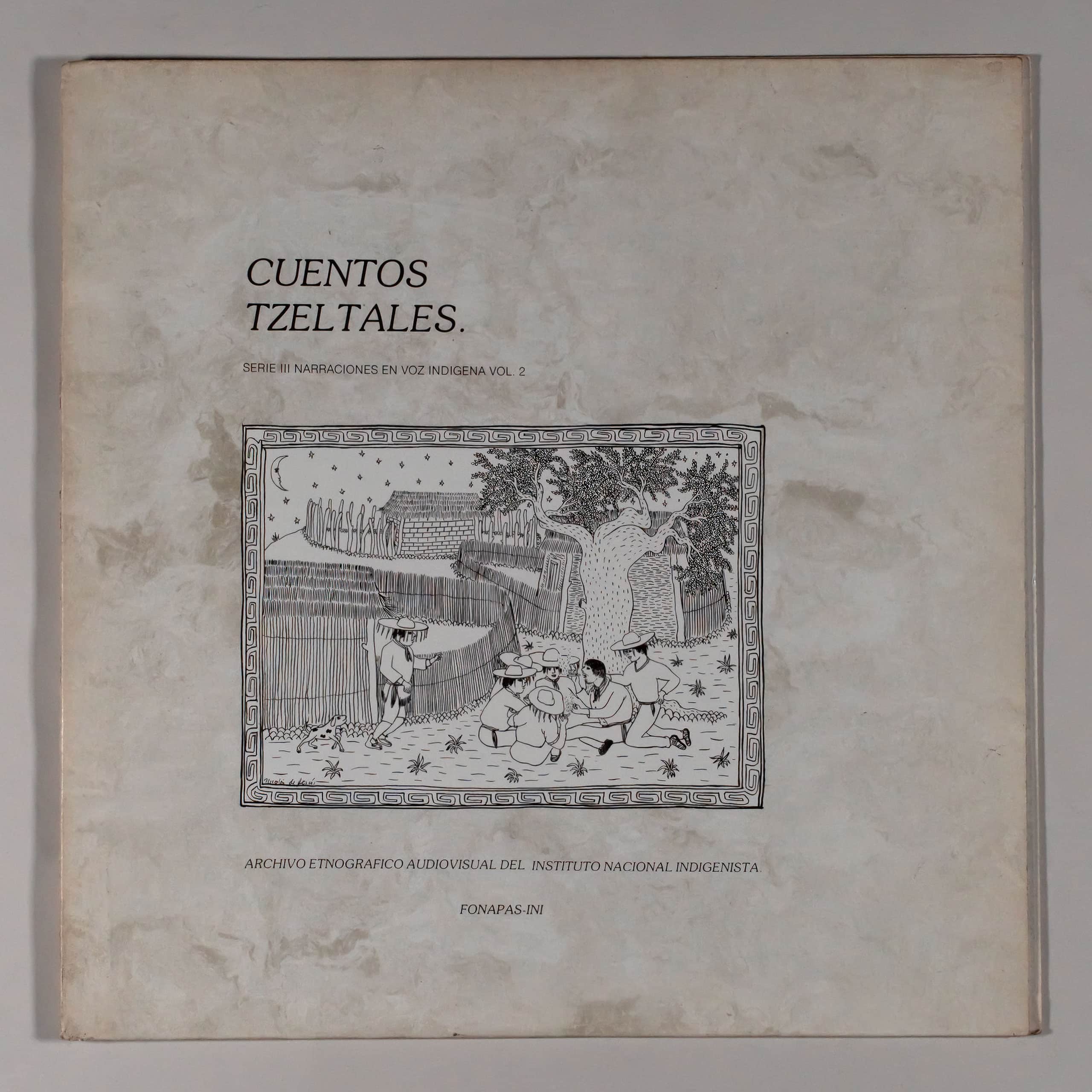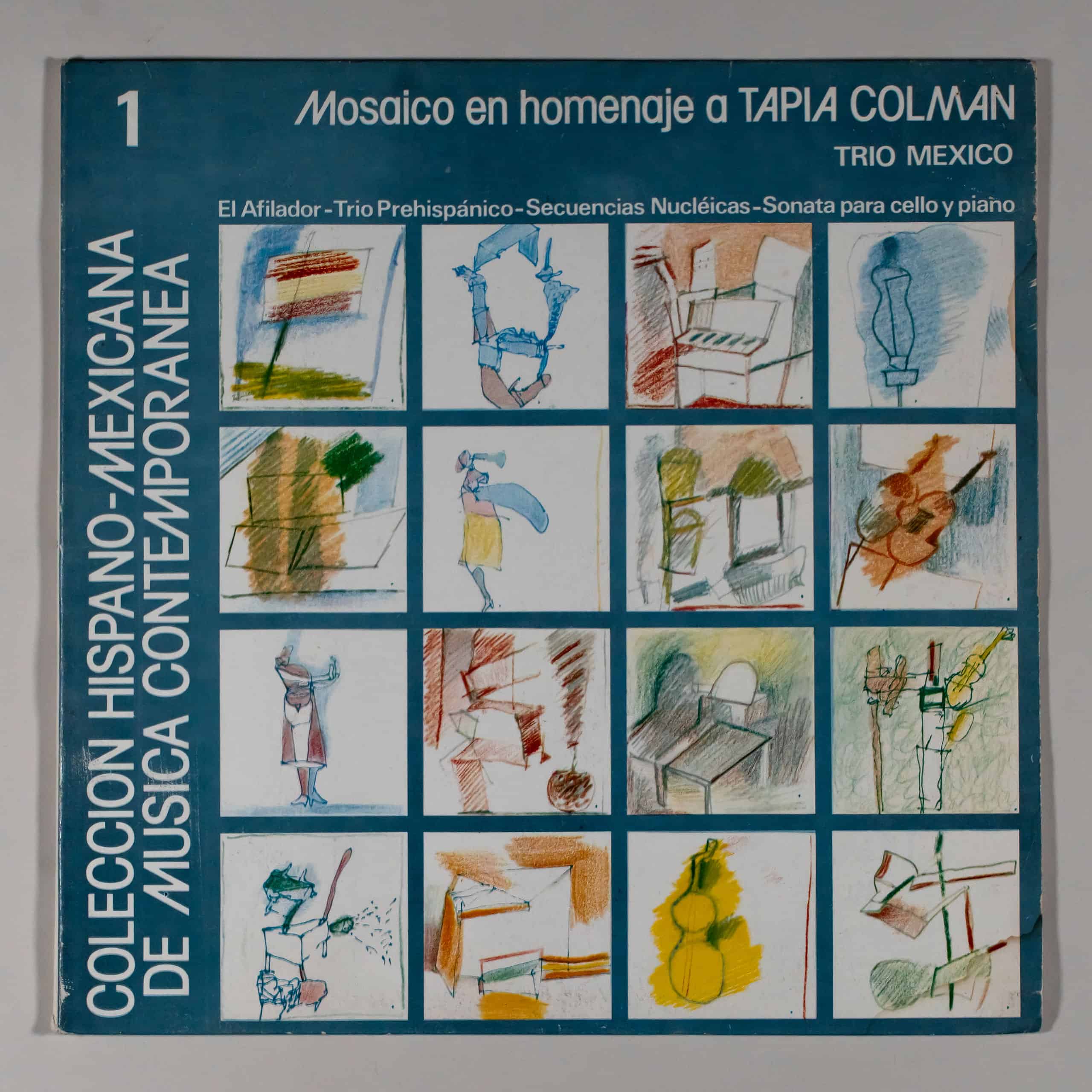
|
Format: Vinyl LP 12" 33 1/3 rpm Gatefold Released: 1984 |
Country: Mexico Genre: Classical |
Info:
HISPANIC-MEXICAN CONTEMPORARY MUSIC COLLECTION 1
Mosaic in homage to TAPIA COLMAN
TRIO MEXICO
The Sharpener-Trio Prehispánico-Secuencias Nucleicas-Sonata para cello y piano
SIMON TAPIA COLMAN, by Rodolfo Halffter.
Simón Tapia Colman is a born composer. The natural and spontaneous fluidity of his melodic inventiveness proves it, as well as the clean and transparent texture of his works. Studied these carefully, in them the hand of a master is immediately noticed.
Simón Tapia Colman acquired the trade of composing not only in classes at the Zaragoza Conservatory, but also, experientially, in the practice of his profession as a music stand. An accomplished violinist, at a very young age he was appointed concertmaster of the orchestra of Madrid’s Teatro Apolo, the cathedral of zarzuela for several decades.
In 1940, after hard opposition, he obtained a position in the first violin section of the Orquesta Sinfónica de México, founded and conducted by Carlos Chávez. And this allowed him to earn his daily bread during the first hard years of exile in Mexico for the Spanish Republicans.
Here, in Mexico, I met Simón Tapia Colman. Between him and I a close and endearing friendship was established. Together we have participated in various activities, among others, as directors of the Ana María Ballet Company.
Here, in Mexico, I have had the opportunity to closely examine his vast musical output. This examination is what allows me to issue, with foundation and conviction, the laudatory judgment on the music of Tapia Colman, with which he began these lines.
He and I have composed the substantial part of our work here. Thanks to Mexico’s generous hospitality, we have been able to mature as artists. In Mexico Simón Tapia Colman travels a long way as a creator. His language evolves radically. He loses his primitive Spanish accent. And in a set of very interesting compositions, Tapia Colman manages to express himself, in a “Latinized” way, in an atonal language that is of Central European origin.
His latest production, within the field of atonality, is extremely attractive. In it, as the driving force and organizing element of the musical structure, acts his discovery that he calls “nuclei”, which constitute a very personal management or use of the total chromatic tempered and the total serialization of the various parameters: pitches, shapes attack, intensities, durations, etc.
Inexplicably, Simón’s work has not been disseminated to the extent it deserves. For this reason, music lovers in general and their friends in particular welcome the appearance of this record, which will undoubtedly contribute to a better knowledge of this excellent music.
Rodolfo Halffter.
THE FOUR WORKS ON THIS RECORD, by Angel Cosmos
The four works that make up this mosaic in homage to Tapia Colman offer a minimal sample of the work that the composer has done over the last twenty-five years for a chamber ensemble.
If something can unite the works that we present here, it will be the patenting of a compositional versatility, which points to Simón Tapia Colman as a musician with a wide sound capacity, endowed with great facility and cleanliness for writing. For the rest, the 4 works are of different intentions:
THE SONATA “EL AFILADOR”, for violin and piano, consisting of three movements, was inspired, as its title indicates, by the characteristic sonorous call of the pan flute, which is the typical instrument of sharpeners. The violin perfectly illustrates not only that sound, but also the oval movement of the whetstone. But this anecdote, quickly identifiable, is not the main intention of the work: The sharpener, the flute and the whetstone are the pretext to talk about himself, because it has never been said: but this is the autobiographical work of the composer ; in the first movement, El Afilador enjoys his work, he has chores, he walks through the streets with a flute and a bicycle, dedicated to his work (Tapia Colman remembers how in Madrid, before the Spanish Civil War, he listened daily on his street to a grinder); in the second movement, the Sharpener has lost his “trastos”, he is wandering, his feeling is “longing”, of “saudade”, of something deeper than what the word nostalgia would mean in Spanish”, it is a deep pain and felt by the Homeland and its lost “junk” (corresponds to the war and the first days of exile); but in the third movement, the Sharpener is again given the opportunity to dedicate himself to his work and to recover time, renews his spirits and he pays tribute to whoever offers it with virtuous sounds and chores (It is the new Homeland, Mexico, to which he dedicates himself with dedication and enthusiasm.) This work belongs to the composer’s second period and has been interpreted countless times by Manuel Suárez; it has been also recorded, in Germany, by the violinist Rasma Lielmane.
The last composition of this second period is the SONATA FOR CELLO AND PIANO: its four movements mix sounds that already announce the interests of the third period, because, without abandoning the tonality, they allow the entry of some resources that are foreign to it. It is a very difficult work for the interpreter to execute, and it has been perfectly resolved on cello by Ignacio Mariscal. Both reviewed Sonatas deserved the prize of the year 1959-1960. awarded by the Mexican Union of Theater and Music Chroniclers.
THE PREHISPANIC TRIO is a work written by order of the Trio Mexico. This chamber ensemble that records it today asked the composer to write a work in which the most characteristic themes of pre-Hispanic songs and dances predominate. As a commissioned work, and limited to the desired theme, Tapia Colman offered a sample of his knowledge of Mexican music prior to the arrival of the Spanish: Xtoloób, whose main theme comes from the Mayans; The Cantar del Yaqui, the second movement, recalls the Yaquis of the State of Sonora, a community that is still alive today. The fourth and fifth intervals in its chords predominate in this movement; Velación is the title of the third movement, and it is applied to a liturgical scene, captured in the Serranías of Guerrero by the composer, who offers a page of melancholic beauty, where the violin-cello dialogue stands out; and Fantasia Seri, fourth and last movement, which has its origins on Shark Island in the Sea of Cortez, off the Sonoran coast, inhabited by a few Seri families. A rhythmic theme of this movement can be found, with some variations, in the Indian Symphony, by Carlos Chávez. It will be possible to appreciate that this work is atypical in the composer’s production, but this album is of interest because it is commissioned by the group that is recording it today, and because of the freshness and versatility that this composer, alien to this nationalist current, You can reach.
NUCLEIC SEQUENCES for solo piano, consists of 3 movements, -Germinal, Introversion, Parallelorhythmia-, and belongs to the third period, which is surely the one of greatest interest today; this period is characterized by the use of his “Nuclei” system. In this same system, Tapia Colman has previously composed, throughout the 1960s, the Sonata Cores, for solo violin; Quartet, and Nucleus for string orchestra. According to the composer’s own theory, “the nucleus is a set of elements until the achievement of a whole”, that is, he grants each note equal importance to form the “nucleus”; and, in addition to the sound element, it has the rhythm, intensity and timbre, until reaching the “everything” proposed. As has been said, it meets the requirements of the twelve-tone series, and without being subjected to predeterminations, it achieves truly new sounds.
This would be the moment to offer, above all, the works of his third period, all those written with his “Núcleos” system, but, unfortunately, he is still a composer who has yet to be discovered in his earlier work, and for this reason it was decided to offer a “Mosaic”, this homage that a composer of the dimension of Simon Tapia Colman well deserves.
Finally, I would like to highlight the perfection in the execution of the pianist Jorge Suárez, not only in this last work reviewed, but also in the 3 previous ones. He is the only interpreter who has participated in all four works.
Together with his brother Manuel Suárez, “the best violinist of his generation” (as Henryk Szering has pointed out), and the cellist Ignacio Mariscal, who recently joined the group with good fortune, they make up TRIO MEXICO, which “is not only one of the best in Mexico, but a faithful collaborator in the task of disseminating contemporary Mexican music”, according to what is stated in number 9 of PAUTA Magazine.
Angel Cosmos
THE COMPOSER: SIMÓN TAPIA COLMAN
Simón Tapia Colman was born in Aguarón, in the Spanish province of Zaragoza, in 1906. His father, a clarinetist musician by hobby, taught him solfeggio from a very young age, at the same time that he took violin classes with the only teacher in the place. , “Uncle Hilario”, of whom he has always kept a very fond memory.
At the age of 9 he entered the Music School of Zaragoza; In this city he was the favorite student of his teachers: Laclaustra, of music theory, Celso Díaz, of violin; Santiago Carvajal, piano; Ramón Borobia, of harmony and composition, from whom he received the most solid foundations for his training as a composer.
His first violin recital took place at the age of eleven, at the Parisiana theater in Zaragoza, which included Sarasate’s “Aires Bohemios” and Paganini’s Capricho No. 13. And in that same Theater, when he was already 14 years old, he premiered a String Quartet, which he later described as an “extremely innocent childish sin.”
In the midst of adolescence, he went to Madrid, where he obtained by competition the position of violin concertmaster in the famous Teatro Apolo. In the capital of Spain, he continued studying violin with the eminent violinist Julio Francés, and composition with Conrado del Campo y Calés.
In 1924 he traveled to Paris, having obtained a scholarship to study with Vincent d’Indy and Paul Hindemith. And upon his return from France, he formed the Colman Quartet and later, the Colman Orchestra, which lasted until the Spanish Civil War.
As an interpreter, he gave recitals in the main cities of Europe, Morocco, Algeria, the Middle East and India.
The Spanish Civil War cut short this active career: Tapia Colman fought in the Republican ranks. After the Republic was defeated, he crossed the Pyrenees in February 1939, and a day later, the French authorities interned him in the Saint-Cyprien concentration camp, from which he managed to escape, only to fall into the hands of the police two weeks later and be confined. in the Agde concentration camp. He left this camp definitively, and thanks to the efforts of Fernando Gamboa, (to whom not only he, but also most of the Spanish exiles in Mexico owe so much), to travel on the ship Ipanema to Veracruz, where the July 7, 1939.
In Mexico, he acquired Mexican nationality, and immediately integrated into his musical life: he was a violinist in the Mexico Symphony Orchestra, under the direction of Maestro Carlos Chávez; he directed the programs “Música de España” at XEW; he was a teacher at the Ruiz de Alarcón School, where he founded an important choir; he directed Zarzuela; he was director of the Spanish Ballet of Ana María. His work in choirs is remarkable, among which the “Choir México” and the “Choir de la C.F.E.” both founded by himself.
Tapia Colman was Director of the National Conservatory of Music during the years 1971 and 1972, as well as a professor for several years. Former Professor of History at the Universidad Iberoamericana; of Aesthetic Activities at La Salle University; musical coordinator of the various campuses of the Colegio de Bachilleres. He was also adviser and coordinator of the National Technical Education Council and member of the Committee for Educational Reform, of the National Institute of Fine Arts, and member of the Britannica Society, etc.
As a composer, his work needs an urgent recovery, to be inserted in the place and time that corresponds to it. There is no doubt -and it will be verified when listening to this album- that the freshness, the compositional exuberance of Simón Tapia Colman is difficult to achieve: his versatility, his facility for composition is not simple, but based on a solid formation, very lavished on the abundant production that it possesses.
Furthermore, it does not despise any of the trends that music is taking in our time, it only requires talent and knowledge on the part of whoever creates it.
He masterfully masters orchestral, choral and chamber ensembles, and there are more than 200 compositions that he can sign as his own.
He is the creator of an original way of composing, which is what can be seen in his works Nucleus, for string orchestra, and Nucleic Sequences, for solo piano (included on this album).
If to all the aforementioned, it is added that he is the author of more than fifteen books on music, history and technique -Violin very abbreviated technique. Music theory in nine lessons, Musical reflections, The harp in the history of music and humanity, Beethoven, Music in history and human relations, Musical culture, etc.-, it will be agreed that this work and composer, need urgent and enthusiastic recovery.
This album is the tribute in Mexico to Simón Tapia Colman, a tribute that has been promoted by the Ministry of Culture of Spain and the Spanish Embassy in Mexico.
A.C.
WORKS BY SIMÓN TAPIA COLMAN.
Presentation: RODOLFO HALFFTER
Trio Mexico: MANUEL SUÁREZ, violin; IGNACIO MARISCAL, cello; JORGE SUAREZ, piano.
Text: ANGEL COSMOS
Technical production and recording: ANTONIO RUSSEK
Mixing and editing: ANTONIO RUSSEK studio
Coordination: ÁNGEL C. DÍAZ DE RADA
The recordings were made on January 19 and 30, 1984 at the Teatro del Fuego Nuevo, of the Autonomous Metropolitan University – Iztapalapa. Mexico, D.F., in the presence of the composer himself.
Cover: Drawings by MANUEL MARÍN
Photographs: WORKSHOP 3 (GERMAN HERRERA, CARLOS SOMONTE, CÉSAR VERA), ALEJANDRO CASTELLANOS
Interior Labels: Improvisations by MANUEL MARÍN
Headlines: Production of NORA, BARRENECHEA
This is the first volume OF THE HISPANO-MEXICAN CONTEMPORARY MUSIC COLLECTION, promoted by the INDEPENDENT CENTER FOR MUSICAL RESEARCH (CIIM. Mexico).
Directs the collection: ÁNGEL COSMOS
Disc fully sponsored by the SPANISH MINISTRY OF CULTURE and the SPANISH EMBASSY IN MEXICO, on the occasion of the exhibition “THE SPANISH EXILE IN MÉXICO”, which takes place in Madrid, Spain (December-1983 to March-1984).
Our thanks to the people who have made this recording possible, especially the Universidad Autónoma Metropolitana Unidad Iztapalapa, who kindly lent us their Auditorium.
Our thanks to Editorial Efectiva S.A. de C.V. for his collaboration in typography and editing a dossier on this record in FOTOZOOM Magazine.
INDEPENDENT MUSIC RESEARCH CENTER (CIIM)
HISPANO-MEXICAN COLLECTION OF CONTEMPORARY MUSIC. Volume No. 1
MOSAIC IN TRIBUTE TO TAPIA COLMAN
TRIO MEXICO
SIDE 1
SONATA “THE SHARPENER” for violin and piano (1958)
I-II-III
duration: 12′ 38″
PREHISPANIC TRIO for violin, cello and piano
I.- Xtoloob
II.- Singing of the yaqui
III.- Vigil
IV.- Fantasy Seri
duration: 12′ 28″
SIDE 2
NUCLEIC SEQUENCES for solo piano (1973)
I.- Germinal
II.- Introversion
III.- Parallelorhythmia
duration: 8′ 05″
SONATA FOR CELLO AND PIANO for cello and piano (1959)
I-II-III-IV
duration: 14′ 36″
THE PERFORMERS: TRIO MEXICO
The Trio Mexico was founded in 1975; Its members, the violinist Manuel Suárez, the cellist Ignacio Mariscal and the pianist Jorge Suárez, studied at some of the most prestigious music schools in the world and are considered great virtuosos and artists.
The Trio Mexico has toured Europe, the American continent, the Soviet Union, Japan and the People’s Republic of China. Based on its quality, Henryk Szeryng and international critics call it “one of the best trios in the world”. It was the world’s first chamber music ensemble to tour the PRC with exceptional success.
The concert activity of the Trio Mexico is immense. He has participated in several of the main European music festivals. He has made various recordings in Mexico, Canada, the United States, the Netherlands, the German Democratic Republic, Japan and China.
Various Mexican and foreign composers have written works for the Trio Mexico.
Press Reviews
“… one of the best trios in the world.”
Professor Levi Ginsburg. Moscow.
“…exceptional musicians. The Trio is extraordinary.”
Badische Nachrichten. Baden-Baden.
“A chamber group of the highest international category.”
Berliner Zeitung am Abend. Berlin.
“The debut of Trio Mexico at the Berlin Festival confirmed the international reputation of this chamber ensemble, characterized by its stylistic security, homogeneous sound and rich contrasts. Great success.”
National Zeitung. Berlin.
Bravo Trio Mexico!… Three very skilled musicians… A group with chamber musicality and perceptibly homogeneous… A very good concert!”
Het Vaderland. Hague.
“…The Trio Mexico is destined to become one of the most outstanding trios in the world…
Master Henryk Szeryng.
“The Trio Mexico concert received a warm ovation… great interpretive quality… rhythmic agreement and instrumental mastery.”
Renmin Rikao. Beijing.
The Trio Mexico concert was a brilliant demonstration of the best art. The 3 musicians are excellent instrumentalists, masters of their profession… It was placed among the most brilliant achievements of the Plovdiv International Chamber Music Festival.”
Otechstven Glas. Plovdiv, Bulgaria.
For subscriptions and information
CIIM
CUAUTLA 84
Col. Condesa Mexico, D. F. 06140
Tel. 553-74-57
HISPANIC – MEXICAN CONTEMPORARY MUSIC COLLECTION
The Spanish-Mexican Collection of Contemporary Music was born with the intention of offering a broad panorama of the musical currents that concern Mexican and Spanish composers of the last 30 years.
It is evident that lately there has been a close musical relationship between Mexico and Spain, but shared recordings have not existed, and promoting a closer relationship through a joint Collection is a task that is well worth it.
This Collection needs enthusiastic support, because if, as it claims, it reaches 10 long-playing records from March 1984 to May 1985, it will have been covered to a large extent by showing what a large number of Spanish composers and composers are doing. Mexicans of today This is our first goal, which we hope to achieve with the support of the Institutions to which we have requested it.
In this case, not only “the record is culture”, but also, it is born from it, it feeds on it and it contributes to it both in Mexico and in Spain.
We want to thank the Ministry of Culture of Spain and the Embassy of Spain in Mexico for the collaboration they have provided for this album, since it has been sponsored in its entirety by both Spanish Institutions.
This album is also a contribution to the work of recovery by Spain to what was done by a member of the “Spanish exile in Mexico.” Independent Center for Musical Research (CIIM – Mexico).
Tracklist:
MOSAIC IN TRIBUTE TO TAPIA COLMAN
SIDE 1
- A1 SONATA “THE SHARPENER” for violin and piano (1958): I – II – III 12:38
Performer(s): Trio Mexico - A2 PREHISPANIC TRIO for violin, cello and piano: I.- Xtoloob, II.- Sing of the yaqui, III.- Vigil, IV.- Fantasy Seri 12:28
Performer(s): Trio Mexico
SIDE 2
- B1 NUCLEIC SEQUENCES for solo piano (1973): I.- Germinal, II.- Introversion, III.- Parallel rhythm 8:05
Performer(s): Trio Mexico
- B2 SONATA FOR CELLO AND PIANO for cello and piano (1959): I, II, III, IV 14:36
Performer(s): Trio Mexico
Credits:
Presentation: RODOLFO HALFFTER
Trio Mexico: MANUEL SUÁREZ, violin; IGNACIO MARISCAL, cello; JORGE SUAREZ, piano.
Text: ANGEL COSMOS
Technical production and recording: ANTONIO RUSSEK
Mixing and editing: ANTONIO RUSSEK studio
Coordination: ÁNGEL C. DÍAZ DE RADA
Cover: Drawings by MANUEL MARÍN
Photographs: WORKSHOP 3 (GERMAN HERRERA, CARLOS SOMONTE, CÉSAR VERA), ALEJANDRO CASTELLANOS
Interior Labels: Improvisations by MANUEL MARÍN
Headlines: Production of NORA, BARRENECHEA
Directs the collection: ÁNGEL COSMOS
Notes:
The recordings were made on January 19 and 30, 1984 at the Teatro del Fuego Nuevo, of the Autonomous Metropolitan University – Iztapalapa. Mexico, D.F., in the presence of the composer himself.
This is the first volume OF THE HISPANO-MEXICAN CONTEMPORARY MUSIC COLLECTION, promoted by the INDEPENDENT CENTER FOR MUSICAL RESEARCH (CIIM. Mexico).
Disc fully sponsored by the SPANISH MINISTRY OF CULTURE and the SPANISH EMBASSY IN MEXICO, on the occasion of the exhibition “THE SPANISH EXILE IN MEXICO”, which takes place in Madrid, Spain (December-1983 to March-1984).
